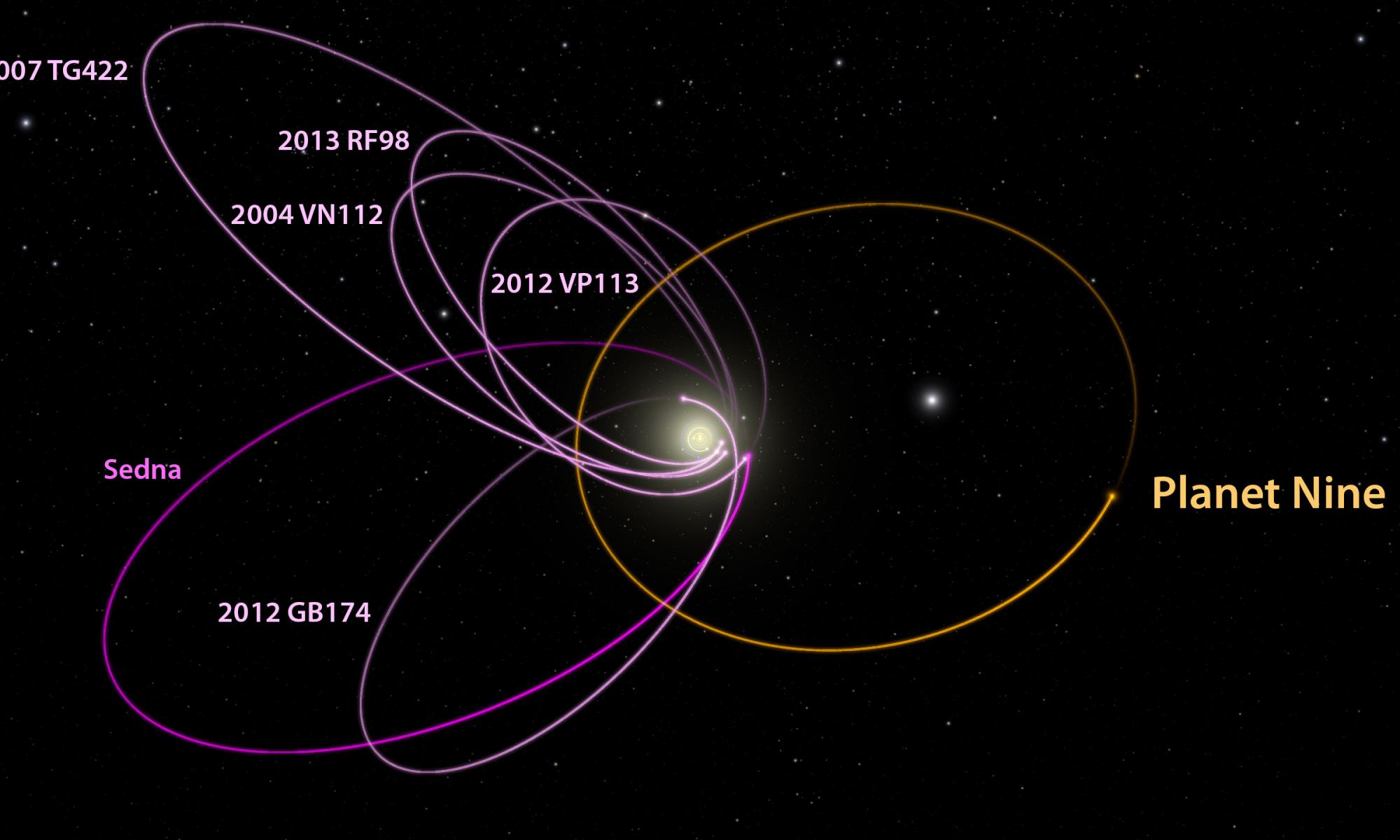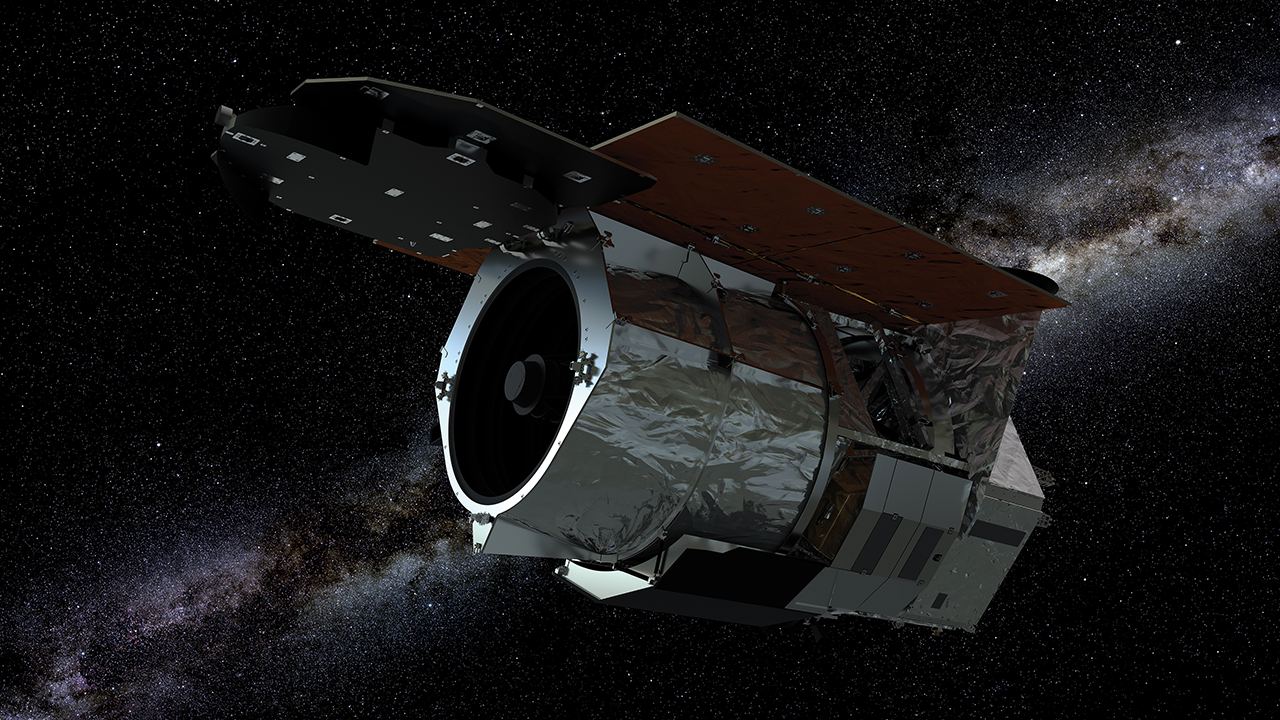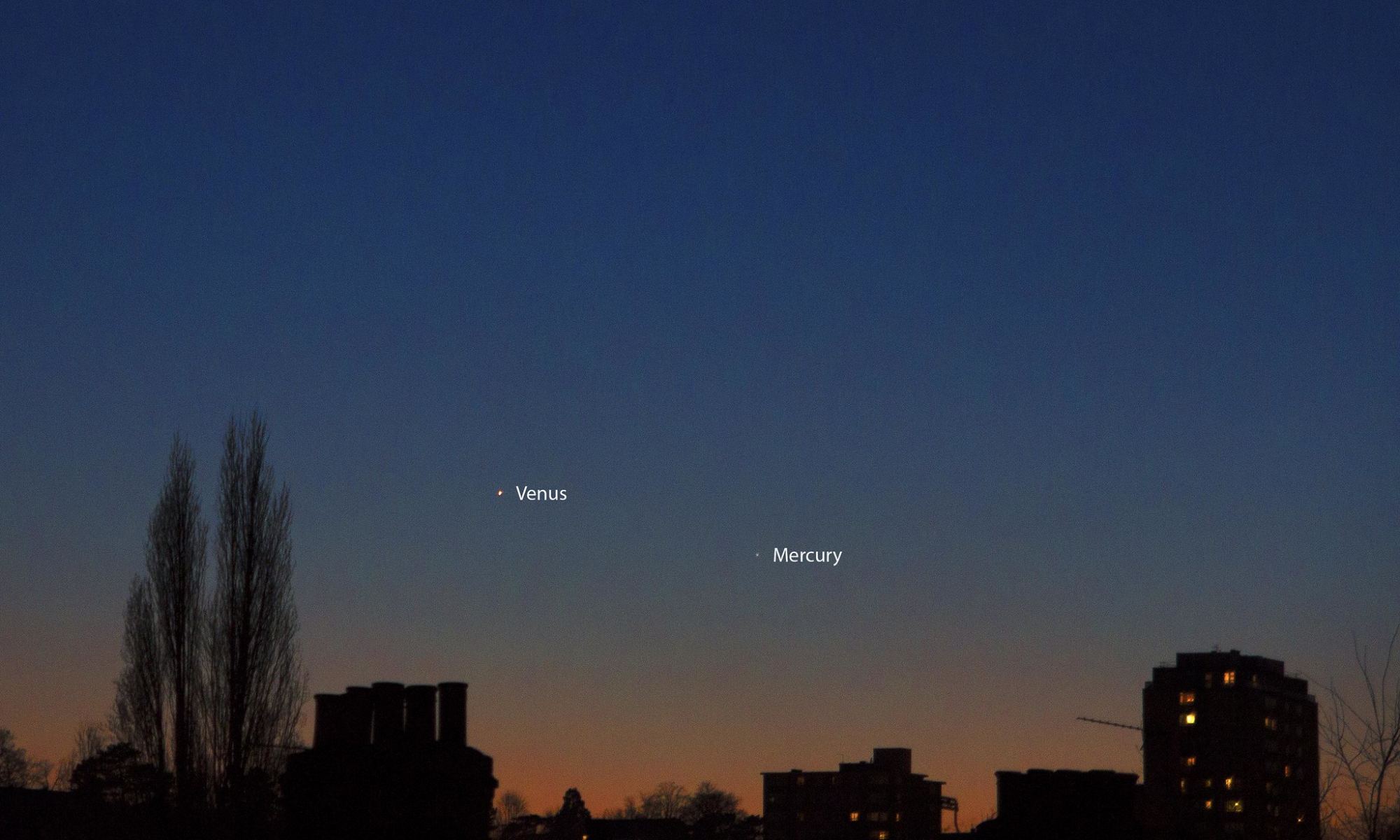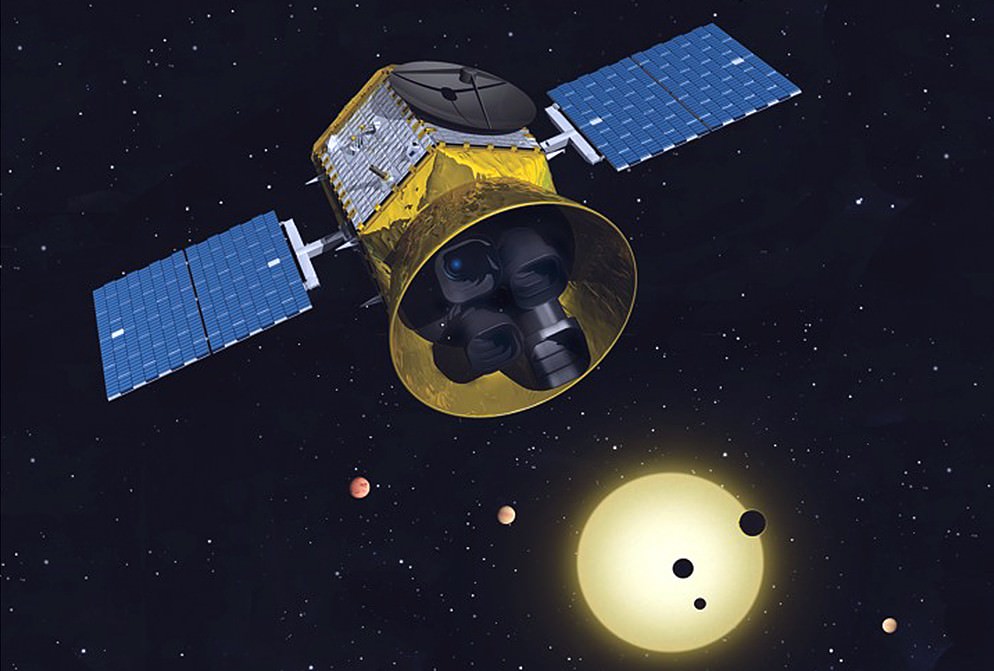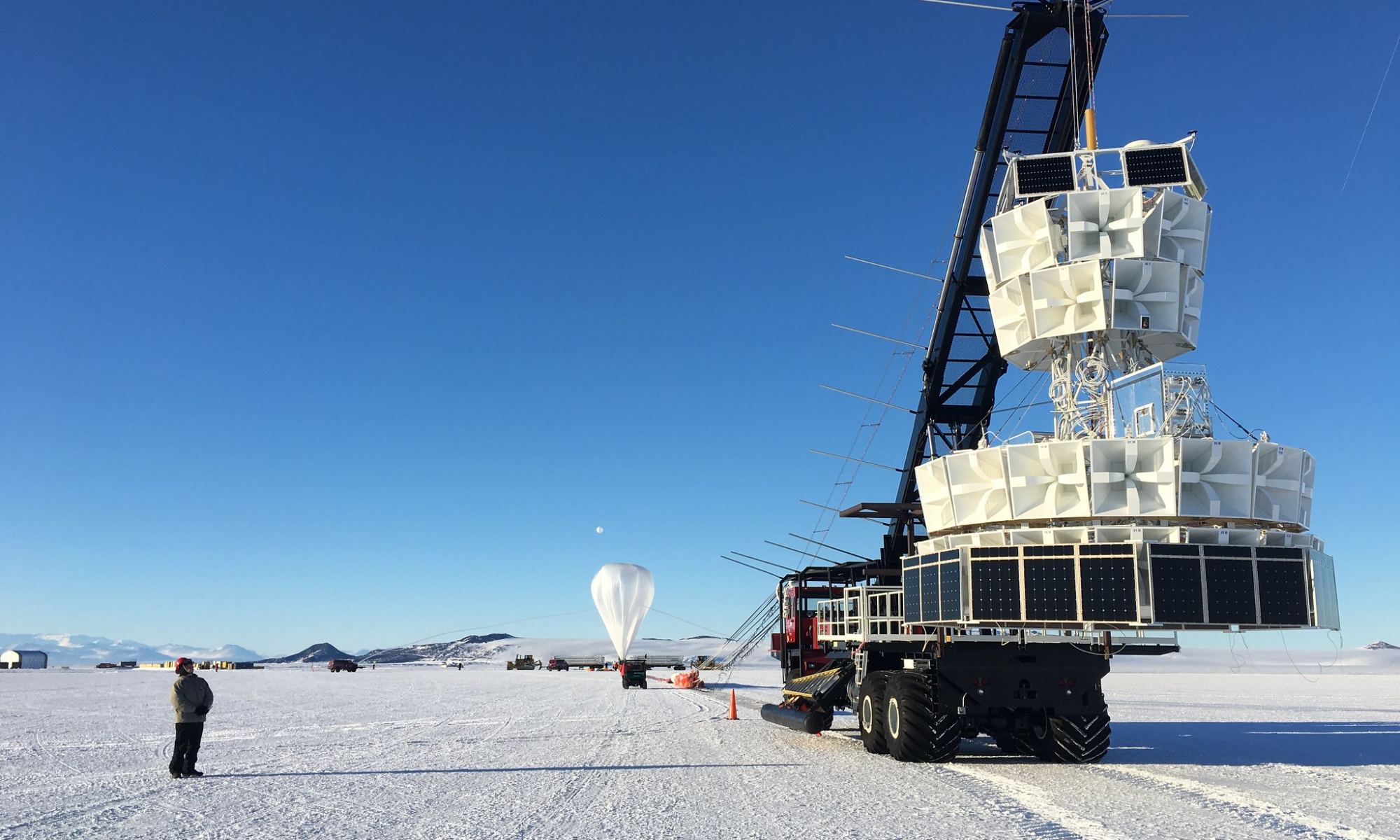There are eight classical planets in our solar system, from speedy Mercury to distant Neptune. There are also numerous dwarf planets, such as Pluto and Ceres. While we continue to find more dwarf planets, there are some hints that another large planet could lurk far beyond Neptune. This Planet Nine is thought to be a “super-Earth” about five times the mass of our planet, which would make it about twice as large as Earth. But despite several searches for the planet, it has not yet been found.
Continue reading “Maybe a Fleet of Tiny Spacecraft Could Help Detect a Primordial Black Hole Planet 9”WFIRST Will be Named After Nancy Grace Roman, NASA’s First Chief Astronomer
In the mid-2020s, NASA’s next-generation Wide Field Infrared Survey Telescope (WFIRST) will take to space. With unprecedented resolution and advanced instruments, it will build on the foundation established by the venerable Hubble Space Telescope – which celebrated its 30th anniversary this year! In anticipation of all it will accomplish, NASA decided that the WFIRST needs a proper name, one that honors its connection to Hubble.
This week, NASA announced that henceforth, the WFIRST mission will be known as the Nancy Grace Roman Space Telescope (or Roman Space Telescope for short) in honor of Dr. Nancy Grace Roman (who passed away in 2018). In addition to being NASA’s first Chief Astronomer, she was also a tireless educator and advocate for women in STEMs whose work paved the way for space telescopes – leading to her nickname “the mother of Hubble.”
Continue reading “WFIRST Will be Named After Nancy Grace Roman, NASA’s First Chief Astronomer”Magnetic north is migrating towards Siberia. Here’s why
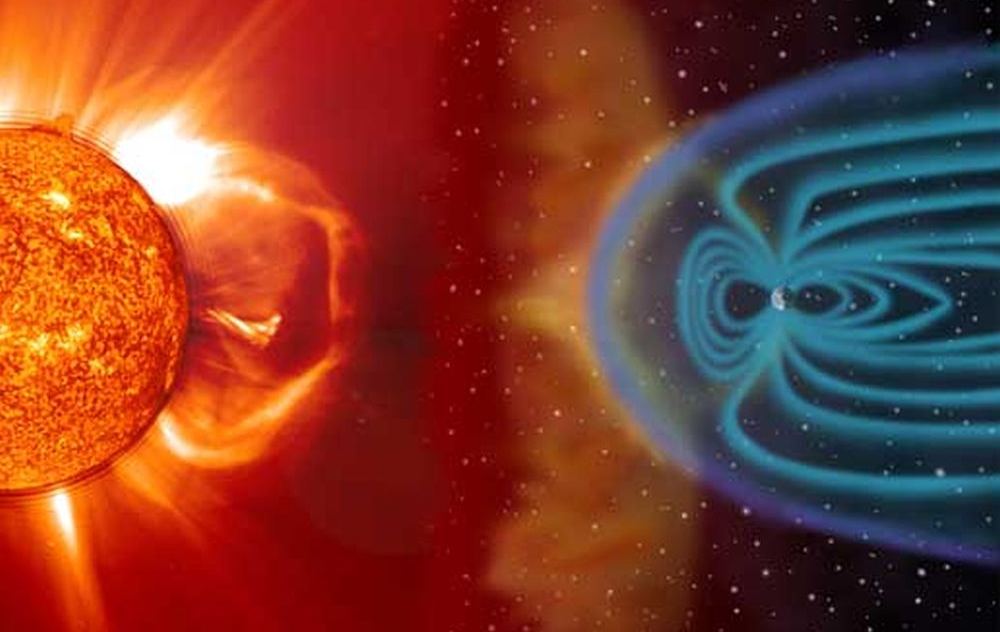
The North Pole ain’t what it used to be. Well, the geographic North Pole stays fixed over time (mostly because we define it to stay fixed over time) but the magnetic north pole constantly moves. And over the past decade it’s been moving out of Canada towards Siberia four times faster than it has in the past couple centuries. Armed with data from the ESA’s Swarm satellite, scientists might finally know why: the shifting of our magnetic field north pole is caused by a titanic struggle between two competing massive magnetic plumes.
Continue reading “Magnetic north is migrating towards Siberia. Here’s why”Astronomers Are Sure These Are Two Newborn Planets Orbiting a Distant Star

Planet formation is a notoriously difficult thing to observe. Nascent planets are ensconced inside dusty wombs that resist our best observation efforts. But recently, astronomers have made progress in imaging these planetary newborns.
A new study presents the first-ever direct images of twin baby planets forming around their star.
Continue reading “Astronomers Are Sure These Are Two Newborn Planets Orbiting a Distant Star”Jupiter is so Big that our Solar System almost had two Suns
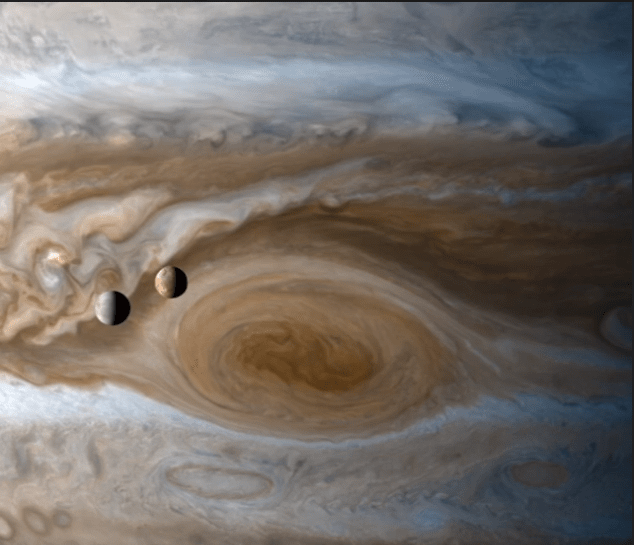
About half of all the star systems in the galaxy are made of pairs or triplets of stars. Our solar system features just one star, the Sun, and a host of (relatively) small planets. But it was almost not the case, and Jupiter got right on the edge of becoming the Sun’s smaller sibling.
Jupiter, the biggest planet in the solar system, is by far the largest. If you added up the masses of all the other planets, it wouldn’t even come to half of the mass of Jupiter. You could eliminate every single planet in the solar system except Jupiter, and you would basically still have…the solar system.
Continue reading “Jupiter is so Big that our Solar System almost had two Suns”Venus Meets Mercury This Weekend in a Fine Dusk Conjunction
What’s that? You say you’ve never seen elusive Mercury for yourself? You won’t have an excuse after this weekend, when the innermost world meets brilliant Venus at dusk in what is known as a planetary conjunction, one of the best for 2020.
Continue reading “Venus Meets Mercury This Weekend in a Fine Dusk Conjunction”TESS is Also Helping Astronomers Study Bizarre Pulsating Stars
NASA’s TESS, or Transiting Exoplanet Survey Satellite has one main job: finding exoplanets. But it’s also helping astronomers study a strange type of star that has so far defied thorough explanation. Those stars are Delta Scuti stars, named after their prototype.
Continue reading “TESS is Also Helping Astronomers Study Bizarre Pulsating Stars”Take a Peek Inside a Giant Star Right Before it Dies

The biggest stars in our universe are some of the most fascinatingly complex objects to inhabit the cosmos. Indeed,giant stars have defied full explanation for decades. Especially when they’re near the end of their lives.
Stars power themselves through nuclear fusion, from the smashing together of lighter elements into heavier ones. This process leaves behind a little bit of extra energy. It’s not much, but when those fusion reactions occur at millions or billions of times every single second, it’s enough to keep a star powered for…millions or billions of years.
Continue reading “Take a Peek Inside a Giant Star Right Before it Dies”Was Betelgeuse Formed by Merging Stars?

Modern humans—or Homo Sapiens—have only been around for about 250,000 years. That’s only the blink of an eye in cosmological terms. As it turns out, the star Betelgeuse may only be about the same age.
A new study explores the idea that Betelgeuse formed from a merger of two stars only a few hundred thousand years ago.
Continue reading “Was Betelgeuse Formed by Merging Stars?”High Energy Neutrinos Are Coming From Supermassive Black Holes
Neutrinos are mysterious and elusive particles. They have a tiny mass, no electric charge, and they interact with other matter only rarely. They are also extremely common. At any moment, about 100 billion neutrinos are streaming through every square centimeter of your body. Neutrinos were produced by the big bang, and are still being produced by everything from stars to supernovae.
Continue reading “High Energy Neutrinos Are Coming From Supermassive Black Holes”
